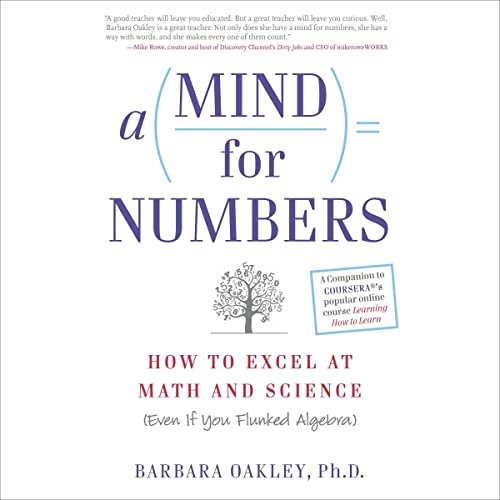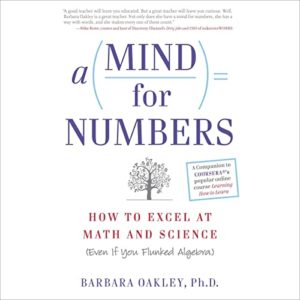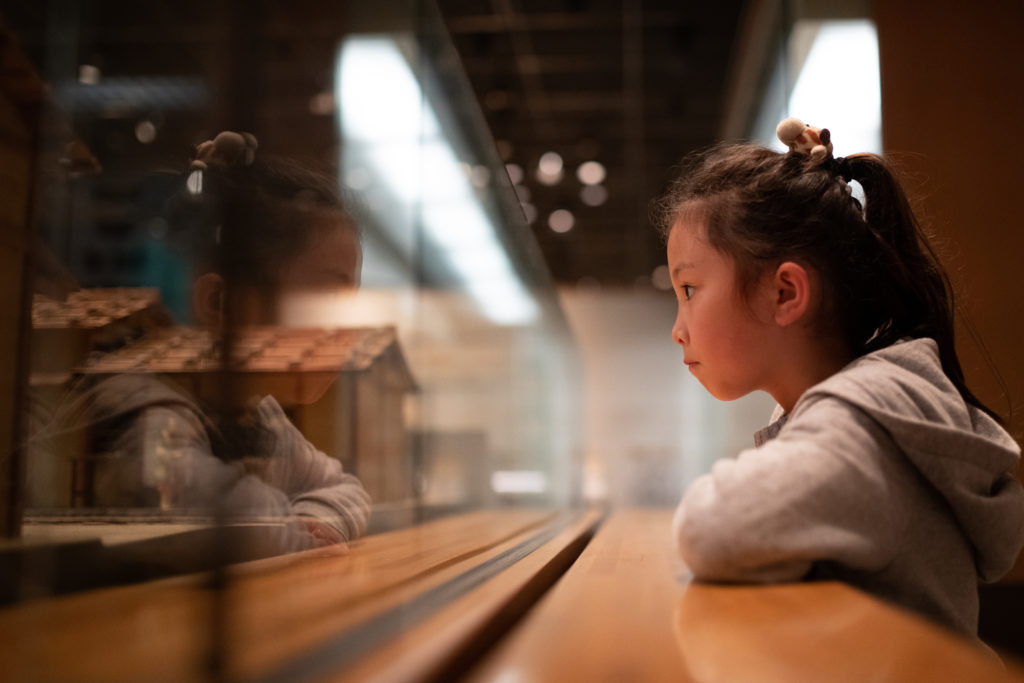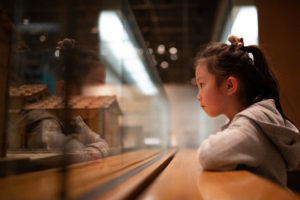On some days, I find myself drawn to esoteric research studies.
A few months ago, for example, I wrote about the effect of earworms on sleep. (Yes, scholars really do research earworms.)

Teachers everywhere have been encouraged to have students “think, pair, and share.”
That is:
I ask my students a question: “what are the metaphors in this poem?”
We all pause for several seconds, so that students can think about their individual answers.
Students then pair up: “okay, everyone, chat with the person next to you about your answers.”
Finally, I ask students to share their thoughts: “who has spotted a metaphor they want to discuss?”
Voila: they thought, they paired up, they shared.
The Bigger Picture
In truth, LOTS of classroom strategies have such popular currency that we don’t really think to question them.
Is it a good idea to have students write answers on the board? (I’ve never thought to ask; after all, ALL teachers have students write on the board.)
Should I really do those handshake dances at the door? (My colleagues LOVE a good handshake dance.)
College professors everywhere are banning laptops, because handwritten notes are superior. (Aren’t they? Like, obviously?)
In other words, we don’t need to have a research basis for absolutely everything we do in the classroom.
At the same time, when a scholar does explore my classroom practice in a research-y way, I ought to be at least a little curious about the results. (If you clicked on those links above, you’ll notice that our teacherly instincts might be wrong…)
So, what happens when researchers turn to “Think, Pair, Share”?
Will our beloved habit get the research seal of approval? Or, do we need to rethink this standard practice…?
Worth Checking
Researchers in Erfurt, Germany — led by Lukas Mundelsee — undertook a straightforward study with 9th graders.
Researchers introduced students to a topic, and then asked questions.
In some cases, they just asked students to raise their hands (SHARE only).
In some cases, students THOUGHT individually, and then SHARED.
And, of course, they sometimes THOUGHT and PAIRED and SHARED.
Finally, the researchers measured other useful variables — for instance, how shy do students report themselves to be?
So, what do you think Team Mundelsee found?
Sure enough, “think, pair, share” led to more handraising than “share” alone.
And, in particular, this strategy helped students who reported higher levels of shyness.
In other words: researchers got the result that (I suspect) most of us predicted. And, the underlying explanation makes sense.
If I’m shy, I don’t want to get the answer wrong in public. But if I can pair up to discuss my answer first, then I’m less worried about my potential wrongness.
Beyond the Research
Since “sharing” is under discussion here, I’ll share my own approach to “think, pair, share.”
When it comes to the final step — “who wants to share with the group” — I myself cold call.
That is, I don’t ask for someone to volunteer; I call on a student at random.
Now, I should be clear:
First: Mundelsee’s research does NOT investigate this approach. He’s looking at voluntary sharing.
Second: “cold-calling” does generate some controversy. Some folks consider it stress-inducing, even (brace yourself) ‘carceral.’
Now, I don’t doubt that cold-calling can be done badly. (If pizza can be bad, anything can be bad.)
But I explain my thinking to my students at the beginning of the year, and they seem to get in the grove fairly easily.
In this case, I worry that students need a little incentive to think. After all, if the student knows s/he has a pair coming up, then s/he can simply use the other students’ idea as a share.
ESPECIALLY because students have time to test-drive their ideas when they pair, I think cold-calling should be low stakes enough for them to feel plenty comfortable sharing.
Of course, my classroom climate might not match yours; teachers always adapt and balance to get their teaching strategies just right.
TL;DR
Yes, “think, pair, share” helps students feel comfortable sharing.
And, yes, it does so by reducing anxiety.
Hat tip to Alex Quigley, who first pointed out this study to me.
Mundelsee, L., & Jurkowski, S. (2021). Think and pair before share: Effects of collaboration on students’ in-class participation. Learning and Individual Differences, 88, 102015.













